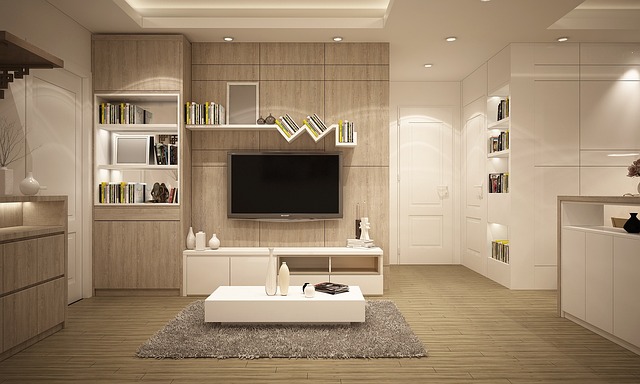In some situations, people have difficulties navigating the bathrooms, using the stairs or even getting through the doorways. However, between the fear of falling and the costly risk of injury, there’s something we can all do to make our homes more accessible. In this article, we will explore 10 things we can do to make our homes more accessible.
1. Using Ramps and Lifts
One way of making our home more accessible is to replace the stairs with lifts or Ramps. This way, you will spare more space and reduce the risk of falling and injuries. Although not all homes require ramps and lifts, there are a couple of options you can choose from. The decision will be influenced by several factors including the space, the convenience of storage and budget restrictions. In case your house has more stairs than a single Ramp can handle, you might be forced to consider a residential stairlift instead. This will automate movements around the house and reduce the risk of falling and injuries significantly.
Read more: Maximizing Space: Clever Storage Solutions for Small Homes
2. Reduce or remove Bathroom Barriers
In case you are in a wheelchair or any of the occupants is disabled, you might end up reducing or entirely eliminating the bathroom barriers. Alternatively, install sinks with an open space underneath, consider a toilet riser in case you have difficulty bending over or standing up. Additionally, you can add grab bars round the toilet and the shower to help prevent slips and fall on wet floors. They can equally provide additional support while standing up or sitting down. It is equally advisable to ditch bathtubs and covert this space into a roll-in shower to minimize the risks and spare additional space. These showers make it easier to walk or even roll into the shower. Waco Shower replacement can be a good alternative to bathtubs and traditional showers.
3. Furniture replacement
One way of making the house more accessible is to create more open space. This space is essential for individuals in wheelchairs and walkers. If you want to create more open space and make your house more accessible, you should consider rearranging the furniture or entirely replacing the furniture with smaller and automated alternatives. When rearranging furniture, you should make sure you have a 5-foot turn Radius so that people with mobility aids can freely turn and more around the house. Between furniture, try to create a path or about two feet between each piece. Lastly, you can check more compliance information for fixed furniture on ADA.
4. Arrange the Kitchen for Accessibility
Kitchen is one of the most used spaces in any house and for that reason, this space should be easily accessible. In most situations, Kitchen is the most inaccessible space in a house because of the limited space, the furniture and counters. To make the kitchen more accessible, you should move every unnecessary items and lower the cabinets for easy access. Consider re-arranging the appliances near the sink and always go for lower and sleeker storage spaces. If you will have to rearrange or change the entire kitchen, you might need a general contractor’s help. Luckily, this can cost you as low as 800$ depending on the size of the kitchen.
5. Go for Pull-out Cabinet organizers
In most situations, people find themselves hitting the sinks and cabinets. To avoid this and make your house more accessible, go for pull-out cabinet organizers. This will let you access your items easily and eliminate the risks of being hit while moving around.
6. Utilize Smart Technology
Today, its getting easier with technology to control appliances such as dryers, coffee machines ands washers. The smart technology has gone a milestone to automate seats, beds and other items in the house. We have seen people going for smart sofa sets that works as storage and can be moved using smart technology to create more space or extended to accommodate more people. To make your house more accessible, choose smart technology with your appliances, seats, chairs, tables and cabinets.
- Change the doors and door knobs
To improve accessibility in the house, you might have to change the doors and the door knobs. Thanks to technology we can go for slide doors to create more space and smart Voice to open and close the doors. You can as well think about push-pull bars and lever handles from knobs.
8. Consider two-way light switches
Two-way switches are a great alternative to one way switches because they increases safety and improve accessibility in your house. With this alternative, you will not have to travel across the entire room in darkness after switching off the lights. You can have a switch located in multiple places, one in the door and another one in the bed. Alternatively, you can use smart technology such as Alexa to control lighting and appliances in the house.
9. Update the flooring
To minimize the chances of tripping, falling and restrictive movement, you should update the flooring. In case there;s anyone in wheelchairs, scooters or walkers, do not go for rugs and carpets that are too thick. As a matter of fact, updating the flooring is inexpensive and can significantly impact accessibility in the house.
10. Use Handrails
It is crucial to consider extra support in the stairs using the handrails on either side of the staircase. This makes it easier to use. Additionally, you can add handrails in other spaces such as the bathrooms and the kitchen to offer extra support.

